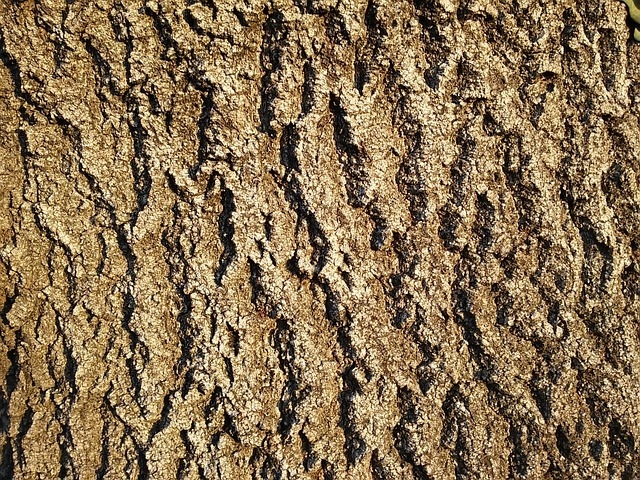What Is an Emerald Ash Borer and Why Is It So Harmful?
Keeping your trees looking their best involves more than regular watering sessions and routine trimming. It requires knowing the common sources of damage that can threaten the health and well-being of every tree on your property. One of the worst infestations that Denver homeowners face in the warmer months is the emerald ash borer. Let’s take a look at what they are and why they’re so bad for your trees.
What Is an Emerald Ash Borer?
An emerald ash borer is a type of insect originating from northeast Asia. It was first documented in the United States in 2002 and has since spread throughout the country. As an invasive species, it has few natural predators in the Denver area. This makes it hard to control their spread once infestation starts.
Why They’re a Problem
As the name suggests, emerald ash borers are drawn to ash trees, not other species of tree. The female insects lay their eggs in the bark of mature ash trees. Once the eggs hatch into larvae, the larvae feed off of the nutrients in the tree until they’re mature enough to leave. It’s the larvae that cause the bulk of the damage to ash trees in Denver. The larvae burrow into the trees, leaving the tell-tale termite-like trails in the wood. Often, the larvae do enough damage that they can cause premature death in any tree they’re growing in.
What You Can Do
While there’s no way to guarantee that your tree won’t become infested with emerald ash borer larvae, there are a few things you can do to reduce your property’s risk. Start by contacting a plant health care professional and let them assess your property for risk. They’ll be able to tell you which preventative measures you can take to reduce the risk of emerald ash borers nesting in your ash trees.
You may also want to invest in preventative treatments for your property. Modern insecticides can help deter and prevent mature emerald ash borers from laying eggs in your trees. The insecticide is applied to the trees at risk and is generally safe for use around other plants on your property. Typically, the treatment can be applied in late spring or late fall, so schedule an appointment as soon as you’re ready to proactively protect your trees.
What Happens If You Have an Infestation?
If the damage the insects have done to your tree is not too extensive, your plant health care team may be able to save it. However, if the canopy is already starting to thin or the tree is struggling to grow properly, it may be best to remove it altogether. Let an experienced professional remove the tree so they can take the necessary steps to quarantine the debris and keep the insects from spreading.
Get Your Trees Inspected This Spring
If you’re worried about emerald ash borers taking up residence in the ash trees on your property, don’t wait. Contact Root Tree Service to schedule an inspection and let our experienced team help you find the best ways to protect your trees.
Go Back What Is an Emerald Ash Borer?
An emerald ash borer is a type of insect originating from northeast Asia. It was first documented in the United States in 2002 and has since spread throughout the country. As an invasive species, it has few natural predators in the Denver area. This makes it hard to control their spread once infestation starts.
Why They’re a Problem
As the name suggests, emerald ash borers are drawn to ash trees, not other species of tree. The female insects lay their eggs in the bark of mature ash trees. Once the eggs hatch into larvae, the larvae feed off of the nutrients in the tree until they’re mature enough to leave. It’s the larvae that cause the bulk of the damage to ash trees in Denver. The larvae burrow into the trees, leaving the tell-tale termite-like trails in the wood. Often, the larvae do enough damage that they can cause premature death in any tree they’re growing in.
What You Can Do
While there’s no way to guarantee that your tree won’t become infested with emerald ash borer larvae, there are a few things you can do to reduce your property’s risk. Start by contacting a plant health care professional and let them assess your property for risk. They’ll be able to tell you which preventative measures you can take to reduce the risk of emerald ash borers nesting in your ash trees.
You may also want to invest in preventative treatments for your property. Modern insecticides can help deter and prevent mature emerald ash borers from laying eggs in your trees. The insecticide is applied to the trees at risk and is generally safe for use around other plants on your property. Typically, the treatment can be applied in late spring or late fall, so schedule an appointment as soon as you’re ready to proactively protect your trees.
What Happens If You Have an Infestation?
If the damage the insects have done to your tree is not too extensive, your plant health care team may be able to save it. However, if the canopy is already starting to thin or the tree is struggling to grow properly, it may be best to remove it altogether. Let an experienced professional remove the tree so they can take the necessary steps to quarantine the debris and keep the insects from spreading.
Get Your Trees Inspected This Spring
If you’re worried about emerald ash borers taking up residence in the ash trees on your property, don’t wait. Contact Root Tree Service to schedule an inspection and let our experienced team help you find the best ways to protect your trees.
